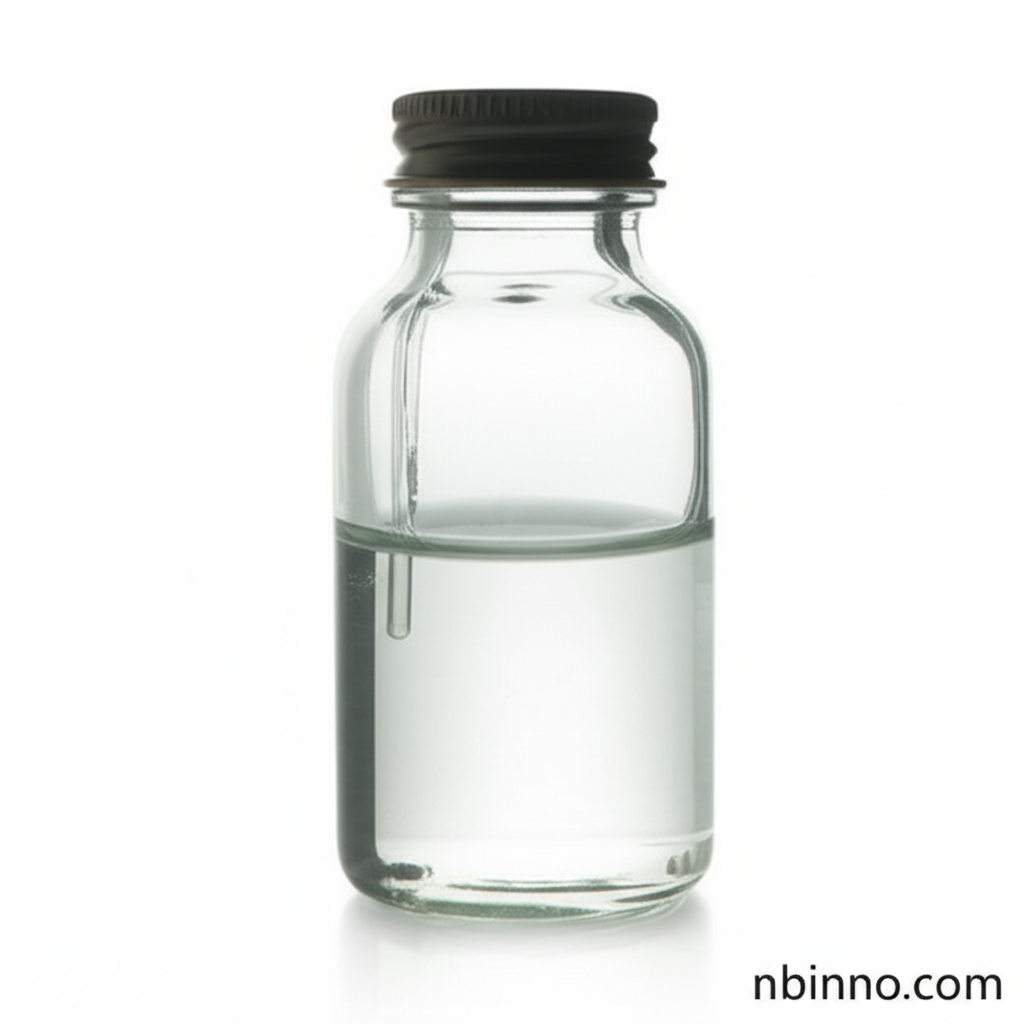Ricinoleic Acid: A Versatile Hydroxy Fatty Acid for Lubricants, Cosmetics, and Polymers
Discover the unique properties and extensive industrial uses of Ricinoleic Acid, a key derivative from castor oil.
Get a Quote & SampleProduct Core Value

Ricinoleic acid
Ricinoleic acid is a high-value hydroxy fatty acid primarily derived from castor oil (Ricinus communis). Its unique chemical structure makes it a crucial raw material across a broad spectrum of industries, valued for its performance-enhancing capabilities.
- Explore the diverse ricinoleic acid industrial applications, ranging from advanced lubricants to specialized polymers.
- Understand the key cas 141-22-0 properties that make this hydroxy fatty acid essential for modern manufacturing.
- Learn why castor oil derived ricinoleic acid is a preferred choice for formulating high-performance lubricant additives and effective plasticizers.
- Discover its role as a vital surfactant raw material and its use in the production of sebaci acid and heptanoic acid.
Advantages Offered by Ricinoleic Acid
Versatile Chemical Intermediate
As a key chemical raw material, ricinoleic acid serves as a building block for synthesizing numerous valuable compounds, including sebacic acid and heptanoic acid, essential in various industrial processes.
Enhanced Lubricity and Stability
Its structure as a hydroxy fatty acid imparts excellent lubricity and thermal stability, making it ideal for formulating advanced lubricants and improving the performance of cutting fluids and rolling fluids.
Sustainable and Bio-based Origin
Sourced from castor oil, ricinoleic acid offers a renewable and bio-based alternative to petroleum-derived chemicals, aligning with the growing demand for sustainable industrial solutions.
Key Applications
Lubricants and Greases
Ricinoleic acid is a critical component in lubricants, functioning as an emulsifier and intermediate for additives that enhance performance and stability, as highlighted in discussions about ricinoleic acid industrial applications.
Cosmetics and Personal Care
Its emollient properties and unique chemical structure make it valuable in cosmetic formulations, contributing to the development of skincare products and personal care items.
Polymers and Coatings
Ricinoleic acid acts as a precursor for various polymers and resins, including polyurethanes and alkyd resins, used in coatings, paints, and advanced material manufacturing.
Surfactants and Emulsifiers
The compound is used to prepare effective surfactants and emulsifiers, crucial for formulations in textiles, detergents, and other industrial cleaning applications, demonstrating its utility as a surfactant raw material.
